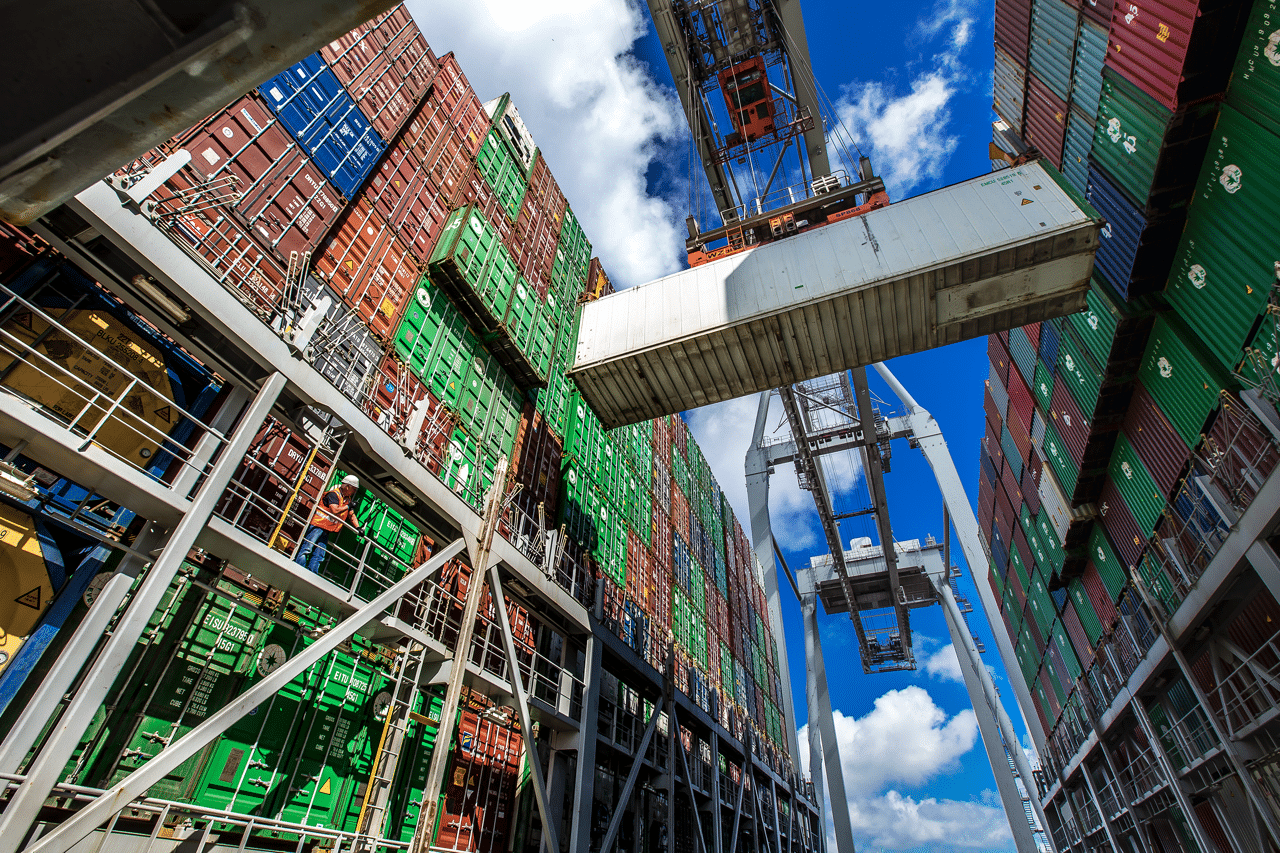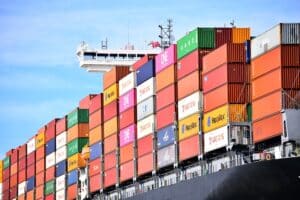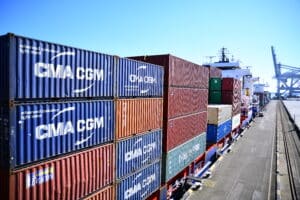Rotterdam takes next step in implementation Secure Chain
Rotterdam, 30 April 2024 – As of the 1st of July 2024, container cargo arriving in Rotterdam from North America will only be securely and reliably released via the Secure Chain. From this date on, the major shipping lines will no longer issue pin codes for containers originating from this sailing area. A road haulier, barge operator or rail operator is only able to collect a container from North America at the terminal following authorisation via the Secure Chain.
The Secure Chain has already been successfully in use for cargo from Latin America since the 31st of March. Each month, approximately 60,000 containers are now being released by roughly 1500 active organisations (shippers, forwarders and inland operators). Ultimately, the new, secure approach will be in effect for all deepsea containers arriving in Rotterdam.
Participating shipping lines/ship agents
The shipping lines participating in the Secure Chain are CMA CGM, COSCO Shipping, Evergreen, Hapag-Lloyd (via Secure Container Release), HMM, Maersk, Marfret, MSC, ONE, OOCL, Yang Ming and ZIM. With the participation of all these deepsea shipping lines, the port of Rotterdam has one uniform operational approach for the secure and reliable release and collection of import containers without a PIN code.
Secure Chain
The Secure Chain is a cooperation between the business community and authorities to digitally boost the resilience of the port logistics processes. One of its most significant components is the more secure and reliable release and collection of import containers in the Dutch ports. To a great degree, the Secure Chain works via the Port Community System of Portbase, the neutral logistics platform for the Dutch ports. In a closed logistics chain that solely comprises familiar, authorised parties, companies digitally pass on the authorisation to securely collect a container at the terminal to one another. Only an inland operator that has been authorised through the Secure Chain is able to pre-notify its arrival at the terminal and next gain access. The use of PIN codes, which are susceptible to potential abuse, is eliminated.



